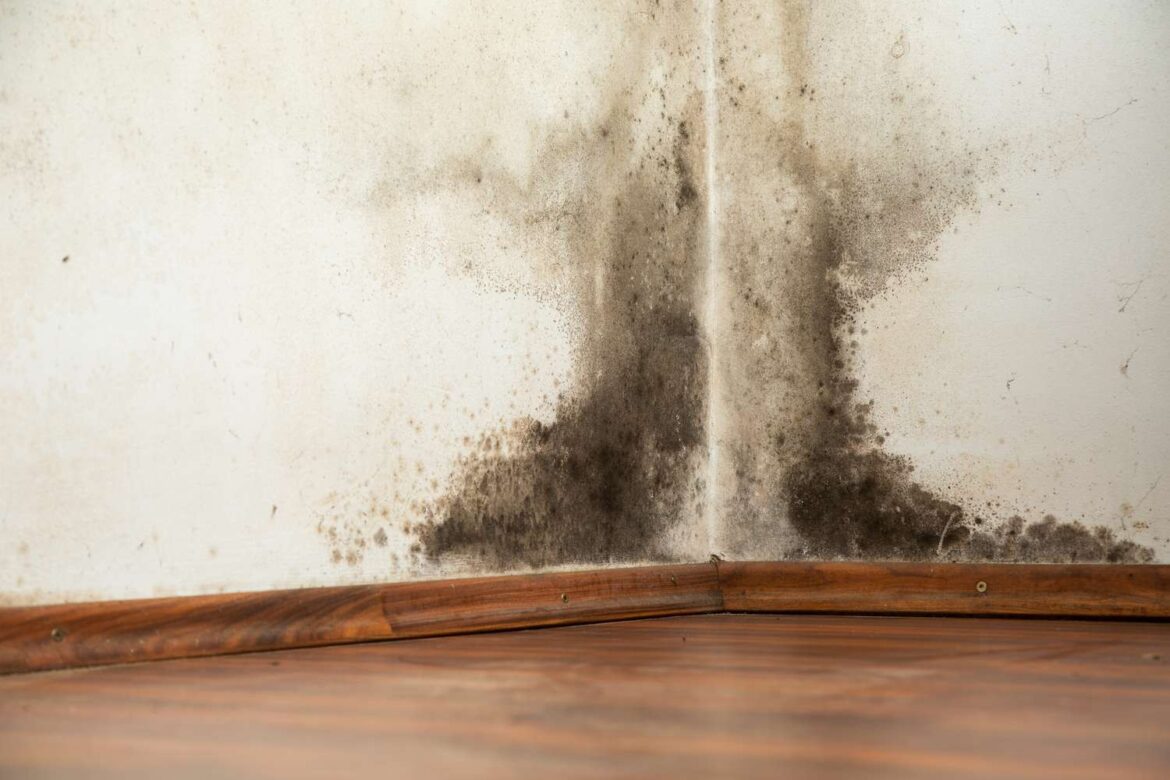If you’re building or remodeling a home, the first thing you need to decide is what type of wallboard or drywall to use in the areas where moisture will be present. Bathrooms, laundry rooms, basements, and garages are all places where moisture can cause damage to walls and ceilings. Moisture can lead to rotting, molding, mildew, and other structural damage. There are two types of drywall that can be used in these environments: regular, untreated paper-faced drywall and a moisture-resistant, fiberglass-faced drywall. The two products differ in durability, performance, and maintenance requirements. For a more accurate description and to find out which drywall is right for your needs, connect with Commercial Drywall Contractors in Collingwood.
Mold Resistance
The most common reason for using mold-resistant drywall is to prevent the growth of mold, which can cause serious health problems in people and pets. Mold spores spread easily in a damp, oxygen-rich environment and can quickly cause respiratory problems and allergic reactions. Fortunately, preventing mold from growing is as easy as selecting mold-resistant drywall.
Mold-resistant drywall has the same installation process as standard gypsum drywall, which means you can install it just about anywhere in your house. The only difference is that the drywall will need to be taped and mudded. When choosing the type of mud, it’s important to use a mold-resistant mud, which will prevent any mold from growing in the drywall and on the surface.
If you choose to use mold-resistant drywall in your home, it’s important to understand that while it is more resistant to mold than traditional drywall, it is not completely waterproof. Like any drywall, it can be damaged if water seeps behind the sheet or through unsealed seams. To further protect your home, we recommend using a moisture barrier such as plastic or paint in addition to the mold-resistant drywall.
Moisture Resistant and Mold Resistant Gypsum Panels
In the past, there was a drywall-type product called green board (because of its color) that had treated edges and ends to help it resist soaking up moisture. It was a good choice for wet areas, but it wasn’t as durable as moisture-resistant drywall. Today, most drywall manufacturers make both types of drywall. Moisture-resistant drywall is the most common and has a paper face that’s less absorptive than normal drywall, while mold-resistant drywall has a non-organic face to prevent mold spores from attaching to the wallboard.
Moisture-resistant drywall is ideal for bathrooms, the bottom 4 feet of a laundry room or utility room, and behind kitchen sinks. It also works well in other high-humidity locations such as garages and basements. In these areas, it can reduce the need for expensive repairs and replacements due to moisture damage. Mold-resistant drywall is also an excellent choice for areas that might be exposed to water or condensation, such as showers and kitchens. It is a little more expensive than traditional drywall, but considering the potential damage of not using it in these areas, we believe the extra cost makes sense.
Grey County Drywall
greycountydrywall.ca
info@greycountydrywall.ca
(647) 625-2013




